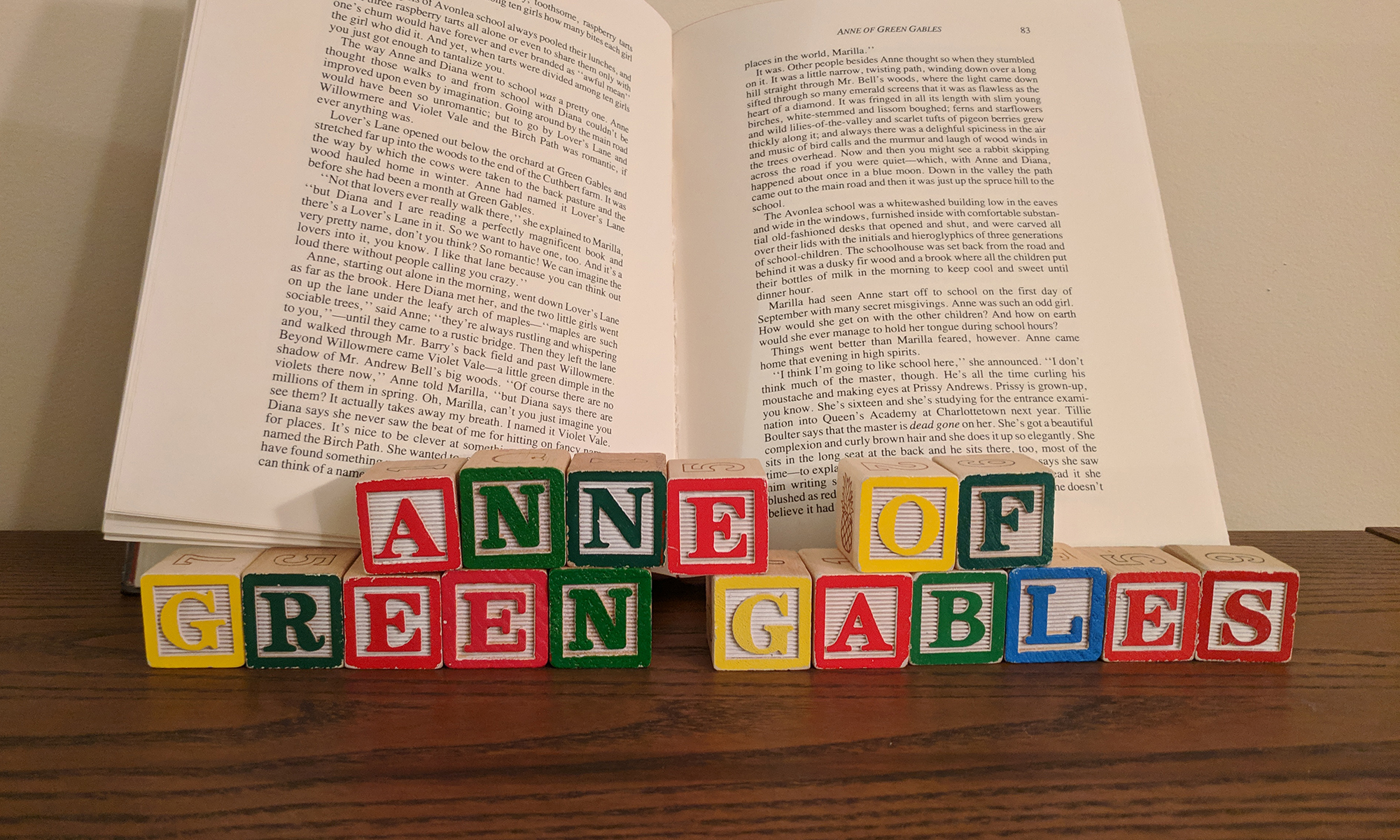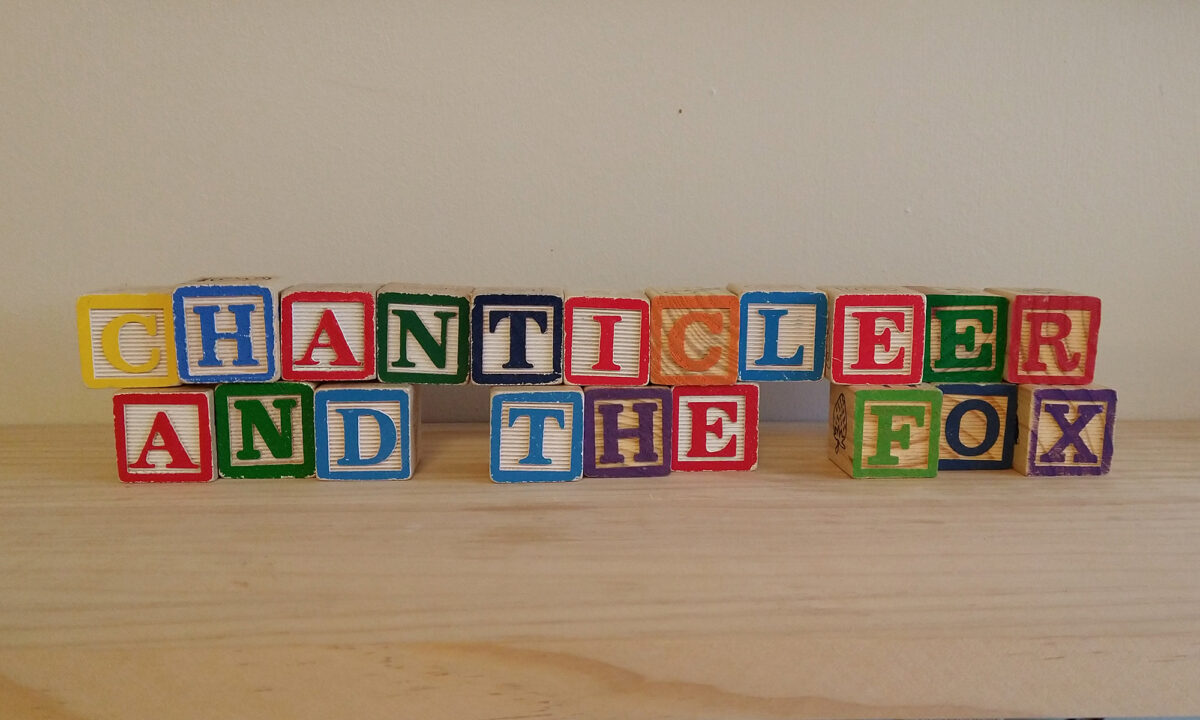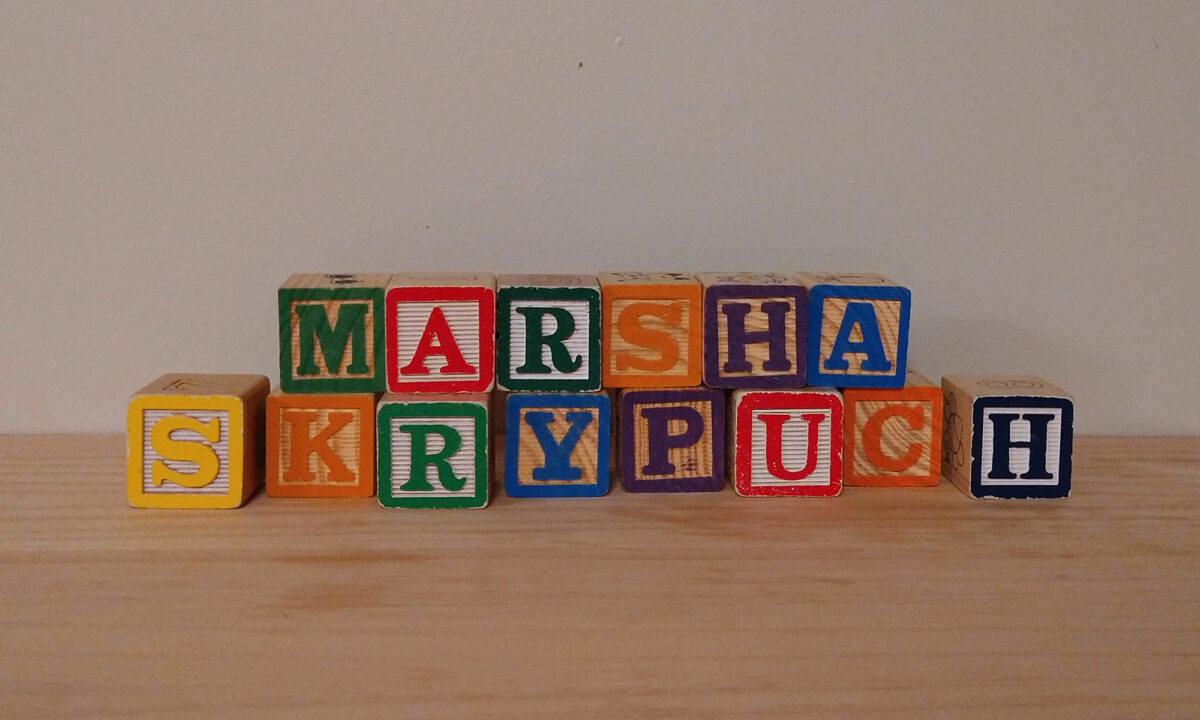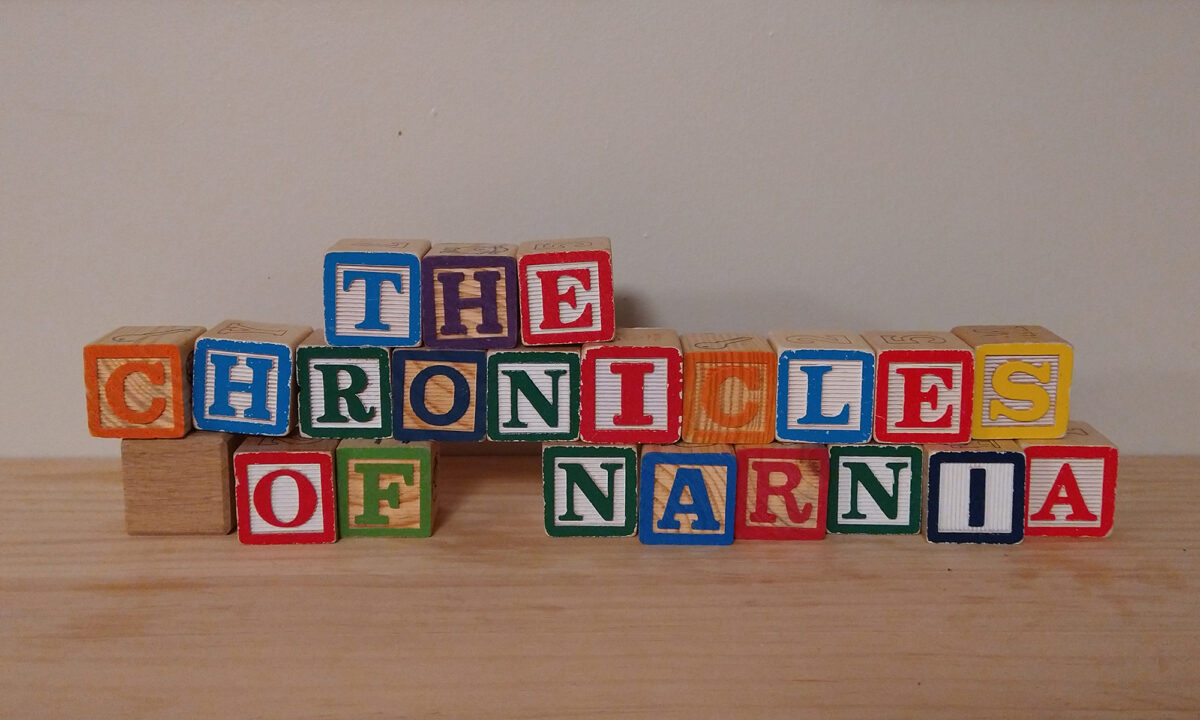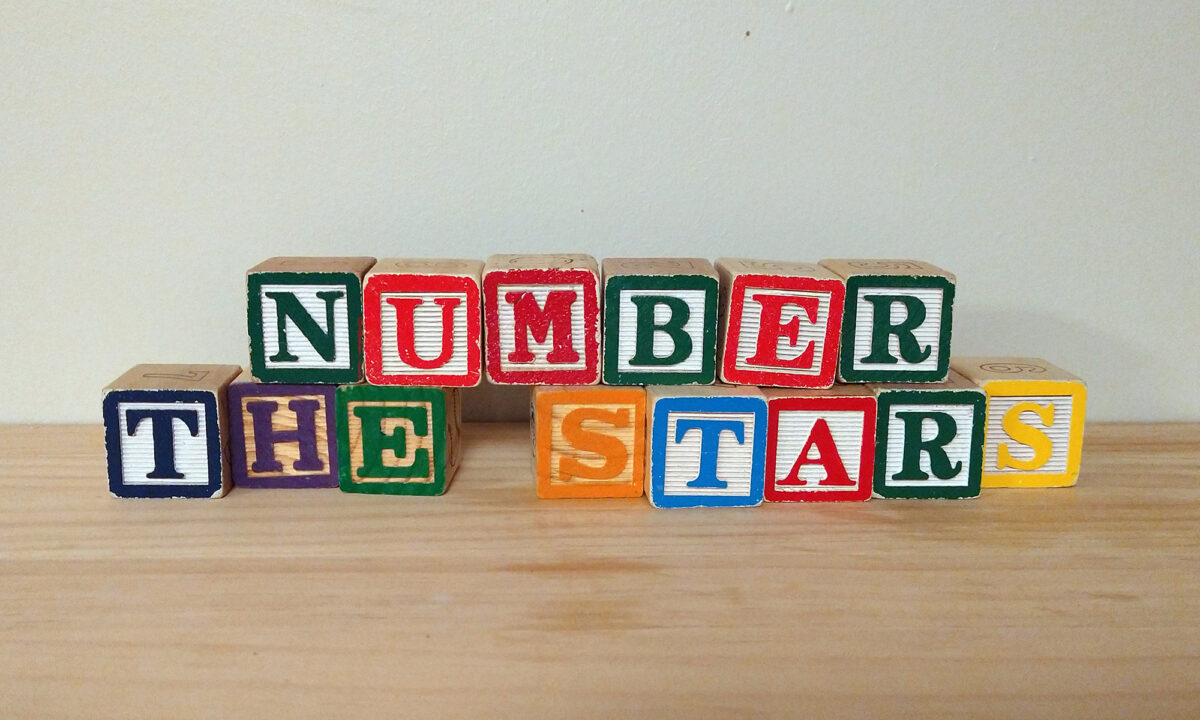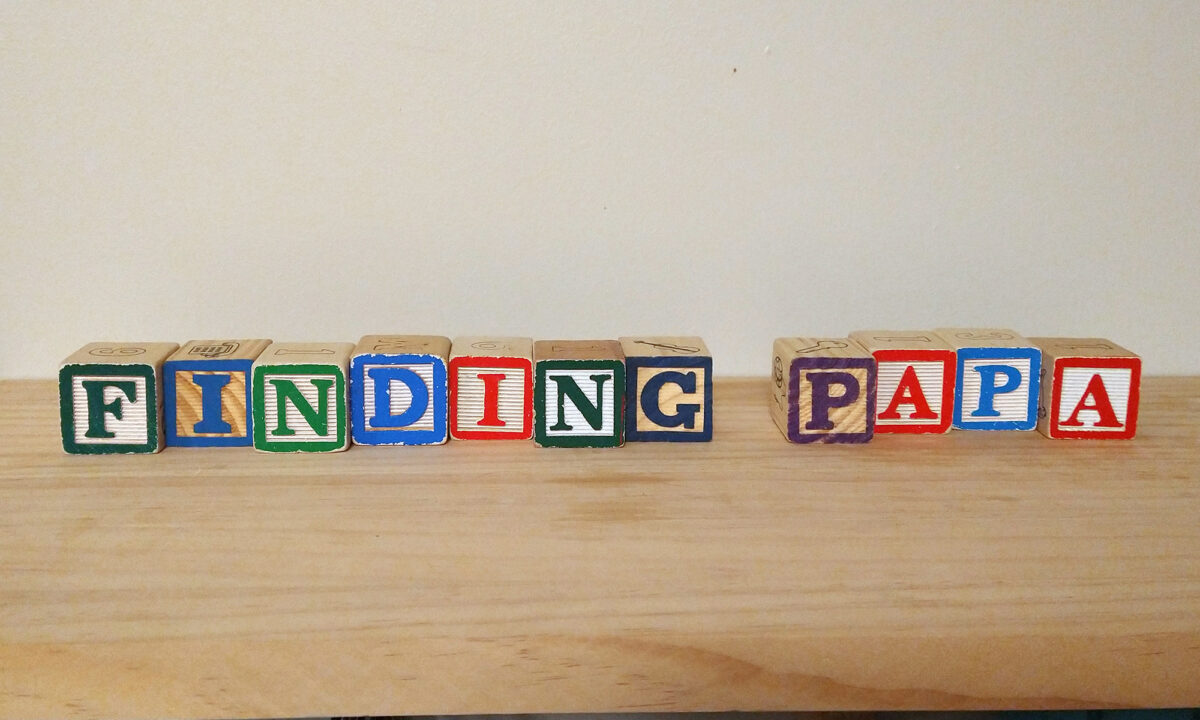We all love Kirsten Larson, the American Girl who endured a dangerous journey by sea from Sweden, dodged cholera, and had to learn an entirely new language when she came to her new home in Minnesota. But the burning question is . . . how does she do those rocking circle braids? We sat down for an American Girl makeover and a little chat about our favorite pioneer from fictional history.
Tag: historical fiction
155 – Samantha – Our First American Girl
Samantha Parkington was the first character that I read about in the American Girls book series. She was introduced when I was a little girl. I grew up on this book series and it has been wonderful to see that my daughter loves them just as much as me. She has her own dolls now, and I’ve been pleasantly surprised to see how well these books help teach about key periods of American history. This is especially important because our family lives in England and we want to stay connected with both of our cultures.
Find out what Chloë noticed about these books, especially the uncomfortable truths about how society treated certain groups of people in 1904. In some ways it’s difficult to see her struggle with the injustice of racism and classism, but at the same time it’s good so see how instinctively she recognizes and rejects these forms of bigotry.
There is a bit of background noise in this episode, which came from Chloë wanting to hold her American Girl dolls while we had our conversation. I never want to prioritize production quality over the enthusiastic participation of my daughter and co-host, so I am sure with this in mind, none of you will mind a few rustling sounds here and there as the dolls are cuddled.
Did you have a Samantha doll or did you read her books? What’s your favorite outfit of hers? What’s your favorite of her adventures?
Also, I wanted to note that our original conversation was much longer. We spent a lot more time discussing issues of race and class than what is presented here. But the conversation was edited down to keep it to the usual show length. I also felt parts of our conversation were very personal, and some moments between parents and children are more special if they are kept private.
140 – Jane Austen: Sassy Teen Author
Jane Austen didn’t wait to become an adult to start writing. As a kid she was telling stories to her family, and in her early work you can see her wicked sense of humor and her ability to step inside the mind of another person — even if that person held views completely different from Jane’s.
The History of England was written in 1791, when Jane was just 16 years old. It is full of short, hilarious, and wildly inaccurate biographies of some of the kings and queens of England, focusing mainly on a woman who was never a queen of England at all.
Teenagers can learn a lot from Jane by reading this book. You don’t have to wait to be a grownup to start writing. Books don’t have to be long in order to be really fun to read. And you shouldn’t automatically consider a narrator reliable just because the word “history” is in the title of the book.
Listen to my audiobook recording of Jane Austen’s History of England and see Cassandra Austen’s illustrations here:
134 – Politics in Anne of Green Gables
Politics? In a story about a young teen girl from a tiny town in Canada’s smallest province from over 140 years ago? Actually, yes! Politics come up frequently in the classic novel Anne of Green Gables by Lucy Maud Montgomery, and they have some surprising things to say to modern readers, most importantly that we don’t have to let differences of opinion drive us apart.
This is the second to last installment in my series on Anne of Green Gables as a work of historical fiction. Hopefully it can help you think of ways to use Anne’s awakening to a wider world beyond the small village of Avonlea to start interesting conversations with your own kids about why people have such different views about how the world should be run, but also that we can be good friends with members of different political parties.
Activity: Kitchen Politics
In Anne of Green Gables, Anne asks Matthew questions which show that she is starting to become aware of a larger world. He understanding of politics is very limited, though, and is very naturally rooted in wanting approval from Matthew. She expresses support for the Conservative party when she learns that’s how Matthew votes, and her enthusiasm is reinforced by the fact that her school rival Gilbert supports the Grits.
This passage is a great lesson for both parents and children. Matthew doesn’t ever try to lecture Anne or tell her what to believe. He just listens and answers her questions (or, at least, responds as well as he can). Kids can also pay attention to Anne’s biases. She doesn’t actually support the Conservative party because she knows nothing about the policies they favor. She does seem to be paying attention to things adults say, though, as she relays Mrs. Lynde’s views on educational policy and votes for women. Encourage children to watch out for these kinds of biases as they become aware of the larger world. They should never support a political party because it happens to be the tribe they’ve landed in; rather they should engage with and work to understand the ideas and policies of political parties so that they can be confidently informed about the platforms and candidates they support.
In your discussion, don’t forget to point out that although many of the characters in Anne of Green Gables belong to different political parties, they are still friendly, respectful, and neighborly toward one another. Different points of view are helpful in figuring out which policies will be best and challenging bad policies. These differences are not the most important thing in life and do not mean people can’t be good neighbors and friends.
126 – Historical Fashion in Anne of Green Gables
Anne of Green Gables was published in 1908, but it’s actually a work of historical fiction, very carefully recreating the 1880s through accurate depictions of music, teen trends, politics, and even fashion. In this episode, we take a look at the Anne-girl’s sense of style, and how it relates to real artistic and philosophical movements in the 19th century.
 Activity: Teen Fashion Then and Now
Activity: Teen Fashion Then and Now
Anne of Green Gables is set in the 1880s. One of the fashion trends at the time was called Artistic Dress or Aesthetic Dress. In contrast to tight-fitting, highly tailored styles that were considered mainstream, Aesthetic Dress featured soft, natural fabrics sewn in medieval-inspired fashions. Aesthetic clothing was designed to be beautiful, comfortable, and pleasant to wear.
Ask students to compare current teen fashions with the style Anne loved. Ask them to think about what artistic, political, musical, or social movements inspire the modern fashions they follow. Research the Pre-Raphaelite movement and the Aesthetic Movement, with emphasis on the philosophy behind artists’ fashion choices. Do any of these older ideas feel compatible with modern fashions? Is there anything about the older styles that appeals to any of the students?
After researching the fashion styles that inspired Anne Shirley’s romantic sense of beauty, students could try to re-create looks that she would have loved using clothing they have already or by making new items in an Aesthetic style.
125 – Chanticleer and the Fox
Chanticleer and the Fox is a Caldecott Medal winning book by Barbara Cooney. It was published in 1958, but it has a long family tree stretching back all the way to Aesop’s Fables. Adapted from “The Nun’s Priest’s Tale” from The Canterbury Tales by Geoffrey Chaucer, this story tells of how the rooster Chanticleer managed to outwit a hungry fox and literally save his own neck. The book is also an excellent example of how illustrations can serve as historical fiction.
Every image in the book is rich with depictions of everyday life in Chaucer’s day — 14th century England — and Cooney carefully avoided including any anachronistic items that would confuse children’s understanding of what the past looked like.
You can use Chanticleer and the Fox to teach children of all ages about the 14th century. The construction of houses and outdoor structures, gardening and farming, cooking and eating, and even clothing are all depicted accurately.
Activity: Introduce Anachronisms
Teach children about the word “anachronism.” It comes from Ancient Greek and is made up of the parts “ana,” meaning “against,” and “kronos,” meaning “time.” So words like “anachronous” or “anachronistic” refer to something that doesn’t belong in the time period being depicted. Chanticleer and the Fox does an excellent job of avoiding anachronisms, but children can create a list of items that would be out of place had they been included in any of the pictures. This activity will help them begin to be more observant of works of literature and art that portray the past, analyzing them for their accuracy.
122 – Winterkill by Marsha Skrypuch
Marsha Skrypuch is the author of Winterkill, a work of children’s historical fiction about a boy who lives through the Holodomor, a genocidal campaign of starvation that the Soviet Union imposed on Ukraine during the 1930’s. In this interview, we talk about the research that went into this book, the difficulty of writing about such a heavy topic, and what Marsha will publish next.

In our interview, we mention several things that listeners will enjoy checking out. First is Marsha’s book Enough, a folktale about the Holodomor with beautiful artwork by Michael Martchenko:
 Marsha also recommended Red Famine by Anne Applebaum as the best available non-fiction book on the Holodomor. Listeners can also find excellent historical and statistical information at holodomor.ca, a site managed by the Holodomor Research and Education Consortium.
Marsha also recommended Red Famine by Anne Applebaum as the best available non-fiction book on the Holodomor. Listeners can also find excellent historical and statistical information at holodomor.ca, a site managed by the Holodomor Research and Education Consortium.
Marsha is also the creator of gorgeous Pysanky eggs. These are a traditional Ukrainian art form and Marsha has worked hard to master it. You can see examples of her work on her website, where she also has instructions so that you and your kids can give it a try!
 Activity: Would I have done what Alice did?
Activity: Would I have done what Alice did?
In Winterkill by Marsha Skrypuch, a girl named Alice comes to Ukraine from Canada with her father. She has been told that the Soviet Union is a worker’s paradise, where everyone is equal and government programs will solve all problems within only a few years. She eagerly joins in, idealistically joining a youth group and helping her father with his work. She brings a clipboard to Nyl’s village and begins making an inventory of each family’s possessions. But she never stops to think about why she might be doing such a thing.
After reading this part of the story, have an honest conversation with your kids. Can they understand why Alice thinks what she is doing is good? How much responsibility does she have for what happens to the villagers? Would they be able to forgive and even befriend Alice as Nyl does? Encourage students to think about how much they might act like Alice if they were encouraged to do so by parents and teachers. Without placing excessive guilt or blame on children who could not possibly have escaped their historical circumstances, encourage students to thoughtfully consider the reasons young people get swept up in bad political and social movements.
Activity: Make Pysanky
Pysanky are a beautiful traditional Ukrainian handicraft. You and your kids can try making them! Author Marsha Skrypuch has written instructions at her website. “A Simple Pysanka, Step by Step” offers the following advice:
Step one: lightly sketch outline in pencil, then cover up with hot wax everything you want to remain white.
Step two: soak egg in your next lightest colour of dye (yellow is a classic second colour).
Step three: cover up with hot wax everything you want to remain yellow.
Step four: soak in the next next lightest colour — in this case pink — then cover up with wax everything that you want to remain pink.
Step five: soak in your darkest colour.
Step six isn’t shown, but I use raw eggs with the guts still inside because the egg settles into the dye jar better. I remove the guts once all the dying is complete. I dribble hot wax onto the spot where I make my one hole so that the egg guts doesn’t disturb the dye and then I blow air with a syringe, followed by water with the syringe. I ensure the opening is free of filament (ie, if the hole is plugged, the egg will explode in the next step).
Step seven: put a soft buffing cloth on the tray of your microwave. Set your hollowed egg on top. Zap for 10 seconds. Immediately remove and buff with a clean soft cloth. Done!
119 – The Lion, The Witch, and The Wardrobe as Historical Fiction
The Lion, The Witch, and The Wardrobe by C.S. Lewis is not about World War II, except . . . it kind of is. This novel was published in 1950, but it is set in 1940. Many of the events and themes in the book would have been instantly recognizable to those who first read it, and it’s useful to point that out to children today, who will not have the same emotions and experiences as children from 1950.
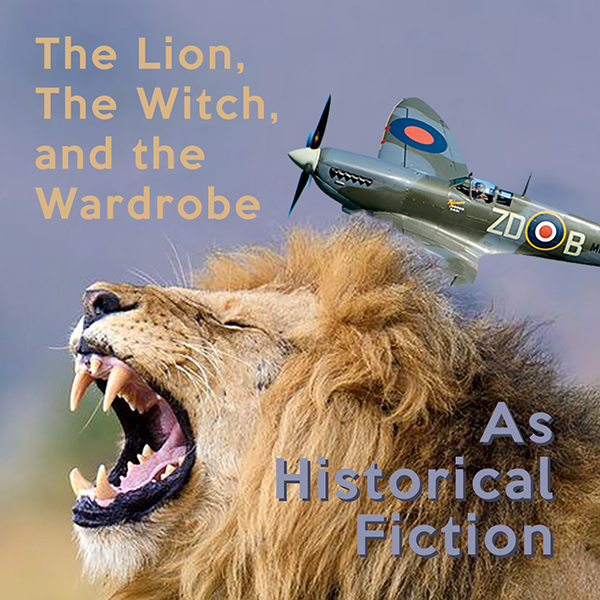
The most obvious connection to the war is that the four main characters are children sent away from London to get them away from The Blitz. But there are a surprising number of other things in this story that reflect wartime experiences, from the food to being part of an underground resistance movement!
118 – Number the Stars
Number the Stars by Lois Lowry is a book that often gets pride of place in school libraries. It’s a thrilling adventure tale in its own right, but it also has much to teach children about the preciousness of human lives, and how the most important kind of courage is the quiet, ordinary kind. This novel tells the story of how the people of Denmark worked to save the lives of over 99% of its Jewish population during World War II. By telling the story from the perspective of a young Christian Danish girl, young readers are able to experience the same emotions that she does as she learns about the horrors that her Jewish neighbors must flee from.

Activity: Replacement Goods During World War II
Number the Stars is a very effective work of historical fiction for its accurate depiction of how ordinary life was impacted by shortages of all kinds of goods during World War II. The book describes how items like sugar, cheese, and butter were in short supply, and even describes shoes made of “sea leather.” With real leather unavailable, Scandinavians came up with a way to use fish skins to make shoes.
Have students research what kinds of consumer goods were unavailable, rationed, or only available on the black market during World War II. After compiling a list of common items in short supply, ask students to consider what it would be like to live without these things, and how they might compensate. As a follow-up activity, have students consider the creative ways that people learned to be more economical and less wasteful during World War II, and encourage them to think of how some of these techniques could help reduce waste, pollution, and excessive spending even in times of peace and prosperity.
Activity: Analyzing the Text of Psalm 147
The title of Number the Stars is a reference to Psalm 147, in which people are compared to the stars, each one precious and known and with its own name. This is not a casual reference; in the story, the Psalm is read out by a Danish resistance fighter who is not Jewish, and it is heard by both Jews and Christians who are together under one roof as they wait for the right time to sneak to the boats that will carry the Jews to safety in Sweden.
Have your students read the text of Psalm 147 before reading Number the Stars. Ask them to identify the basic meaning of the Psalm and note any interesting bits of symbolism. Revisit the same text after reading Number the Stars, looking for any textual or thematic parts that are referenced by Lois Lowry in her novel. Have the children explain how this Psalm is particularly fitting to reference in a story about Jews and Christians working together to protect human lives from destruction.
112 – Interview with Angela Pham Krans
Angela Pham Krans is the author of Finding Papa, a beautiful and touching tale about Mai, a little girl whose father has to say goodbye for a while when he leaves to find a new and better home for the family. Eventually Mai and her mother make a dangerous and daring journey by boat to rejoin Papa in their new home in America.

This story, which is beautifully illustrated by Thi Bui, is based on Angela’s experience as one of the many Vietnamese people who fled their homeland in the wake of the Vietnam War. In our conversation, we discuss the effect that Finding Papa has on readers of different ages, why Angela chose to focus the plot on one family rather than the larger historical and political context, and where she got the inspiration to give the main character a pet chicken.

Finding Papa has recently been placed on the American Library Association’s 2024 Notable Books list. Angela has also recently published Words Between Us, a charming story about how an English speaking grandson learns to communicate with his Vietnamese speaking Grandmother. You can learn more about Angela and her work at angelakrans.com and follow her on Instagram at angela.pham.krans.
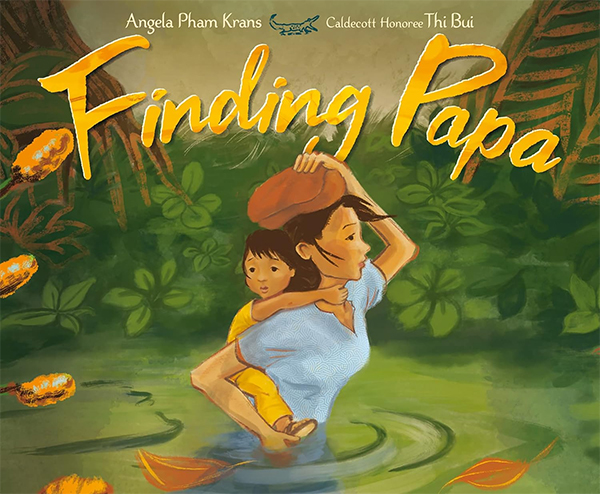
Activity: The Geography of the Boat People
While younger kids will be able to appreciate Finding Papa for its moving story about family reunification, older children can use this book as a starting point for exploring how the Boat People left Vietnam and made new homes all over the world.
Have students locate Vietnam on a map. Ideally, provide an outline map of the world that they can draw on. Have students research the different routes that refugees took out of Vietnam during the 1970’s and 1980’s. Try to discover which countries most of them traveled to and in what numbers, as well as estimates of how many of the Boat People did not survive their journeys. If it’s difficult to know exact numbers, try find out why. Students can label the map with differently colored arrows labeled to show how many people went from Vietnam to each new country.
Activity: The History of the Boat People
There were many reasons that people decided to leave Vietnam during the 1970’s and 1980’s. Students can research the history of this country during this period and present a written report or give a presentation about the reasons people chose to leave, and what drew them to the new countries they arrived in.
Activity: Mai’s Mother Keeps a Journal
Finding Papa focuses on Mai, a very young girl, who is taken on a dangerous but hopeful journey to a new home. But what must her mother have been feeling? Students can write journal entries from the point of view of Mai’s mother. Entries might include describing the decision for Papa to go ahead of the family to prepare the new home, the first night without Papa, a night on the boat after the storm, the first night after being rescued, or any other part of the story. Encourage students to imagine what it would feel like to be a young woman with a toddler on such a journey, and to express these emotions in the journal entries.

